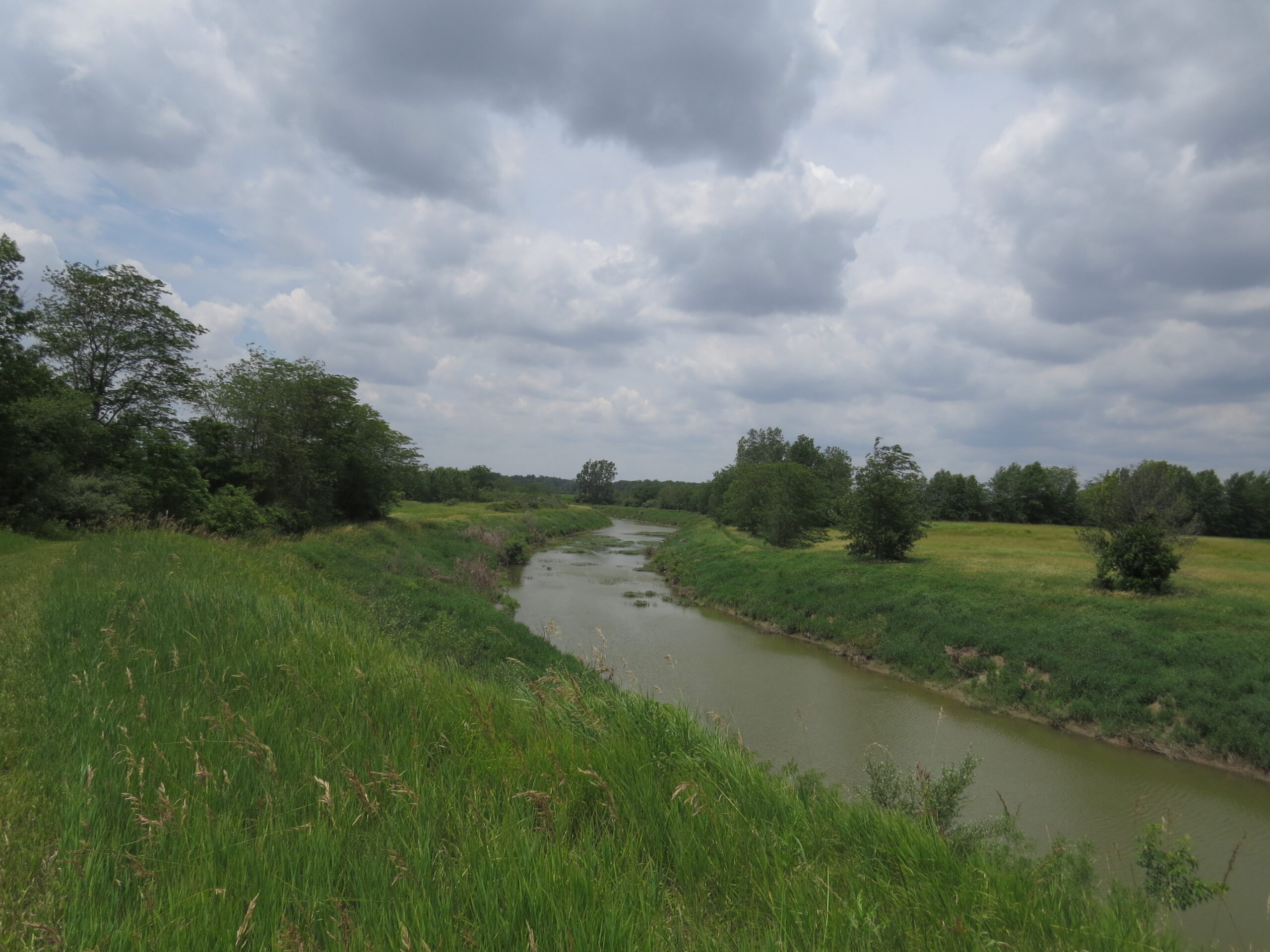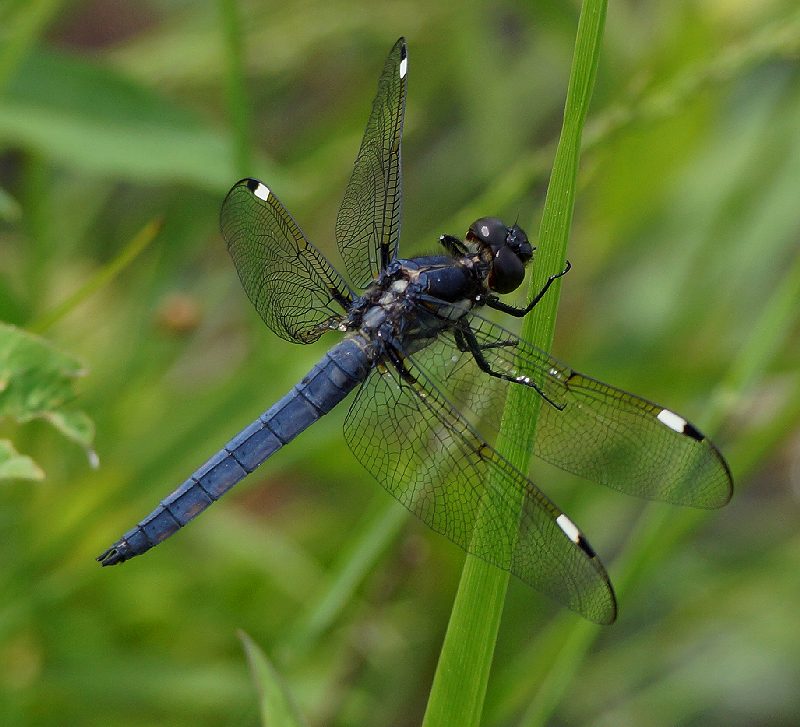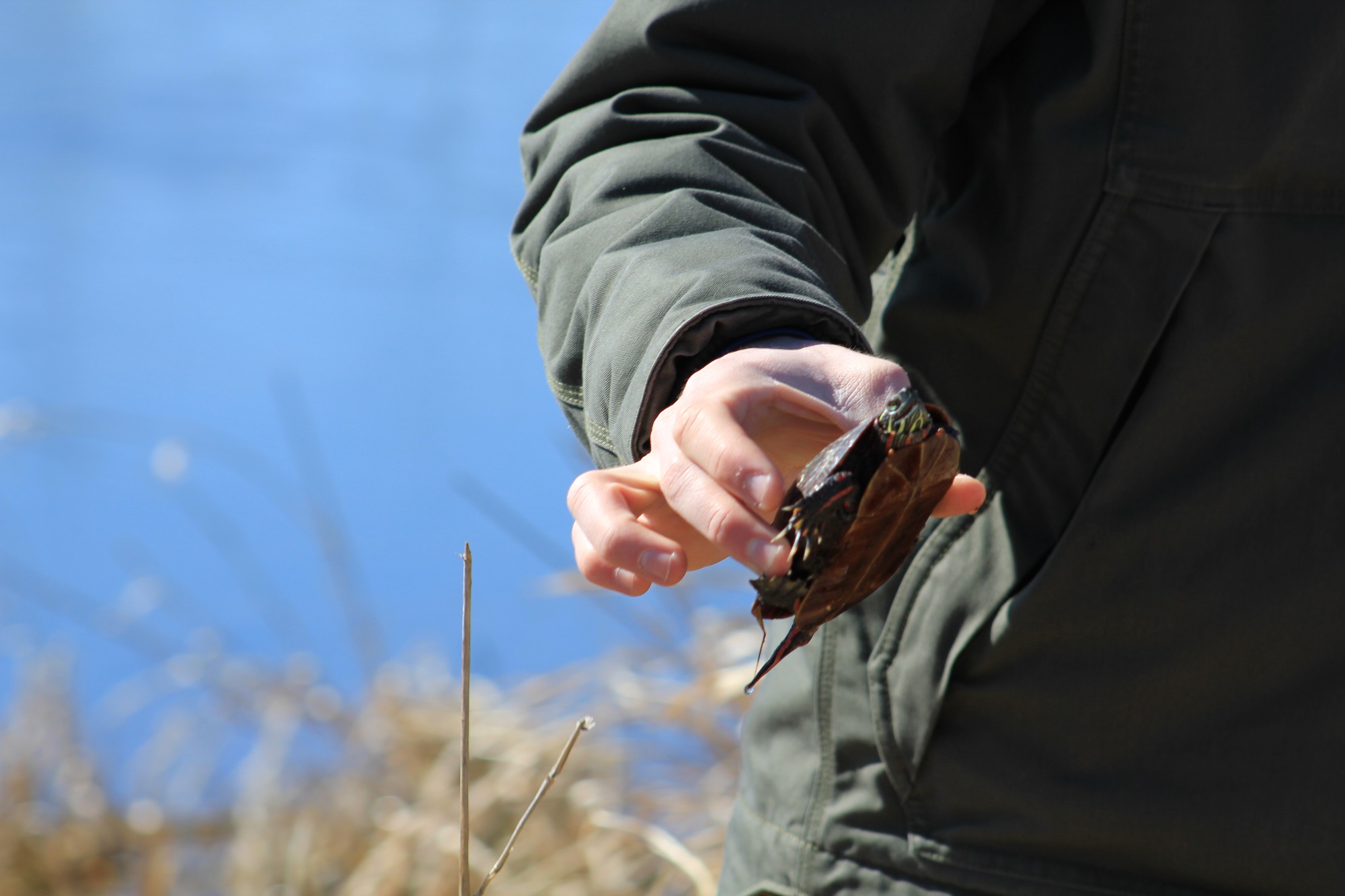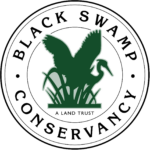For more than 25 years, a variety of caretakers have slowly and lovingly worked to restore the 226-acre Little Auglaize Wildlife Preserve in Paulding County, converting it from farm fields to a diverse and healthy habitat. Now, due to grants secured through the research and persistence of the Black Swamp Conservancy, restoration efforts there are taking a big leap forward.
The Conservancy purchased the property from the individual who had been planting trees and native plants and restoring the riverine areas. Since that time, we have been assembling funding to help manage some large areas of invasive species and make this already attractive area even more healthy and welcoming to wildlife. In the fall of 2022, the Conservancy learned that we were awarded a grant from the Sustain Our Great Lakes (SOGL) fund of the National Fish and Wildlife Foundation. The application for the SOGL grant was supported by matching funds from the H2Ohio program. This package will allow us to drastically scale up our invasive species control and planting of diverse and hardy natives. It will also allow us to restore a section of stream.
The condition of the property now is basically healthy and diverse. Mature oak woods shade a big, mile-long bend of the Auglaize River. The property also includes restored wetlands, grasslands, and successional hardwood forest. These wet and dry habitats shelter about 70 different species of birds as well as otters, painted turtles, and the federally endangered Indiana bat. A recent study showed a remarkable 27 species of dragonflies and damselflies. These fast-flying insects are considered bellwether species because they rely on clean water and healthy habitat. However, some large fields in the preserve have been overrun by invasive species, primarily teasel and reed canary grass, and those plants are threatening to encroach on the wetlands.
Melanie Coulter, conservation manager for the Conservancy, explained that the grants will allow for the treatment of 125 acres of invasives, all at once, in a project that will take about two years. Once the invasives are under better control, we can put in a robust mix of native seeds and plants to overwhelm the remaining teasle seeds. At that point, our small land steward team will be able to maintain the property. Grant funding will also restore part of a meandering stream that had been converted into a drainage ditch. That improvement will reduce erosion and create more and better habitat.
Executive Director Rob Krain said, “It takes years of planning and a focus on the long-term to collect the resources we need for a big project like this. I’m proud of our staff and grateful to the agencies that work with us to bring all the pieces together.”


